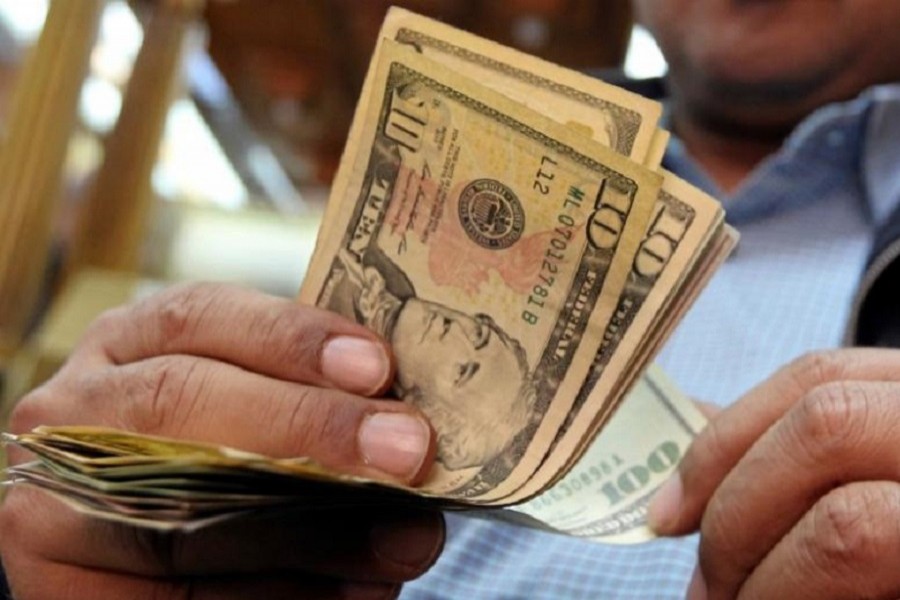The dollar hovered above its recent lows against major rivals on Thursday, benefiting from the euro’s weakness and higher US yields but capped by concerns about recent equity market volatility.
Against a basket of six major rival currencies, the dollar was steady on the day at 90.242, not far from Wednesday’s session high of 90.40, its highest in two weeks.
The euro edged up 0.1 per cent to $1.2278 but remained not far from its overnight low of $1.2246 and a far cry from last month’s 3-year high of $1.2538.
“The euro had recently been too strong, with too many expectations about early policy normalisation of the European Central Bank, and investors are now unwinding those positions,” said Masafumi Yamamoto, chief forex strategist at Mizuho Securities in Tokyo.
“The dollar/yen seems to be capped by uncertainty in the equity markets, which will likely keep it in a range,” Yamamoto added. “But maybe the equity market downturn won’t last for long, because the world economy is solid.”
The dollar was slightly higher on the day against its Japanese counterpart at 109.37 yen.
Higher US yields also underpinned the greenback.
“Yesterday, US Treasury yields rose, so generally speaking, that has led to dollar strength,” said Ayako Sera, market economist at Sumitomo Mitsui Trust Bank.
The yield on benchmark 10-year Treasury notes stood at 2.816 per cent in Asian trade, compared with its US close of 2.843 percent on Wednesday.
The benchmark yield rose as high as 2.885 per cent on Monday, its highest since January 2014, after stronger inflation data led investors to fear that the Federal Reserve may raise rates more often than previously expected.
San Francisco Federal Reserve Bank President John Williams sought to assuage some of those fears on Wednesday.
He said at an event in Honolulu that the US central bank will stick to its plan for “steady, gradual” interest rate increases even though recent US economic data has been stronger than some have expected and the labour market has tightened.
Also weighing on US debt, US congressional leaders on Wednesday reached a two-year budget deal to raise government spending by almost $300 billion.
But the battered dollar’s rebound is unlikely to be sustainable even though the Federal Reserve is expected to raise interest rates at least three times this year, according to a Reuters poll of strategists published on Thursday.
The latest poll of nearly 70 foreign exchange analysts showed the dollar, which turned in its worst performance for the month of January in 30 years, is forecast to weaken slightly against most major currencies over the coming year.
The New Zealand dollar, meanwhile, skidded to four-week lows after the Reserve Bank of New Zealand kept interest rates steady at a record low on Thursday, reports Reuters.
It said volatility in equity markets this week was a warning that global markets were nervous about the risk of higher inflation and rising interest rates.
The kiwi currency was down 0.5 per cent at $0.7204 after falling as low as $0.7192 earlier, its lowest since January 11.


